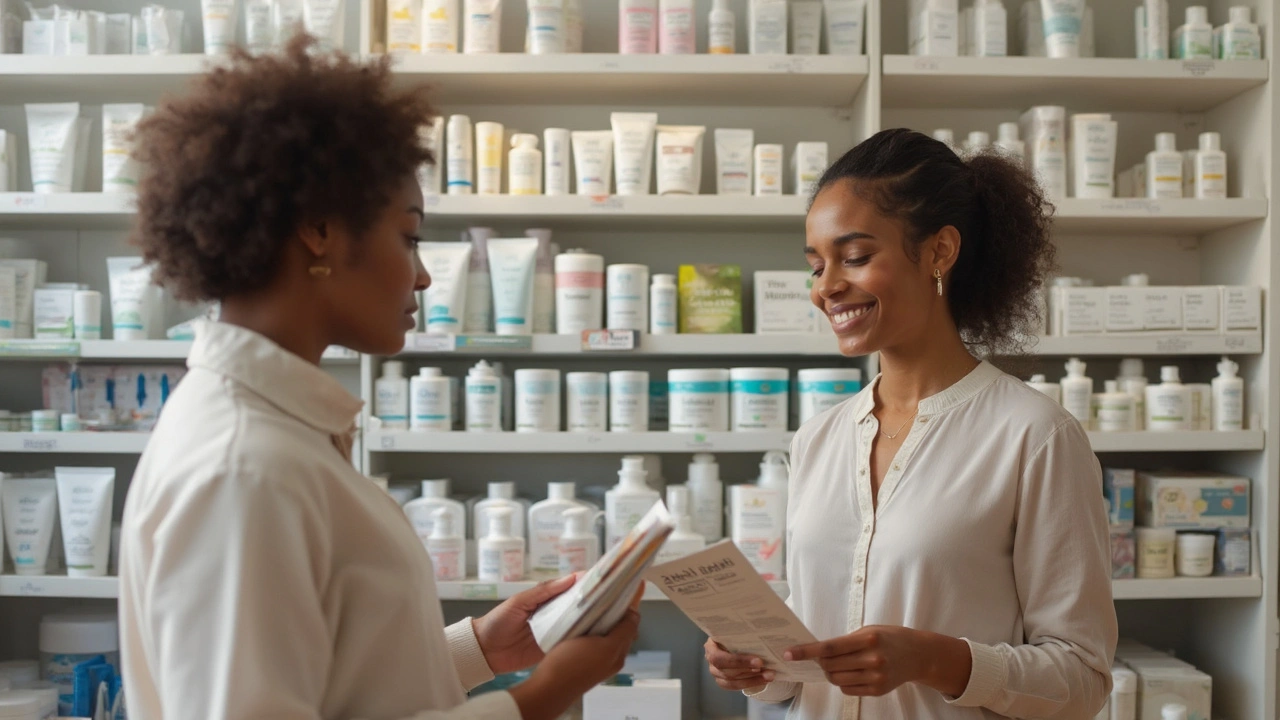Tired of using Triamcinolone or looking for something that fits your needs better? This article packs the top alternatives for 2025, laying out how each one works, who they might help, and what to keep in mind. It highlights real pros and cons, so you won't feel stuck with confusing or outdated info. Whether you have skin conditions or hair loss, this straight-talk guide sorts out your options. You'll come away knowing exactly what each alternative brings to the table.
Minoxidil comparison: which strength and form should you pick?
Not all minoxidil products work the same for everyone. Some people swear by 5% foam, others do fine with 2% solution. What matters most is matching the right strength and form to your scalp, lifestyle, and tolerance for side effects. This guide gives straightforward, practical advice so you can choose and use minoxidil without guesswork.
Strength: 2% vs 5%
5% minoxidil is more likely to produce visible regrowth for men. Most clinical data show faster and stronger results with 5% versus 2%. Women are usually started on 2% because it causes fewer chances of unwanted facial hair growth. Still, many women today use 5% foam under doctor advice — it can be more effective and less irritating than older alcohol-based solutions.
Key point: if you’re a man and want the best chance at regrowth, 5% is the common choice. If you’re a woman, try 2% first unless your clinician suggests 5% foam.
Form: foam vs solution
Foam: dries faster, usually less irritating, and avoids the alcohol smell. Foam is great if you have a dry or sensitive scalp or if you style hair right after application. Solution: liquid form often has propylene glycol, which helps absorption but can irritate or flake on sensitive scalps. Solutions can be cheaper and come in generic brands.
Practical tip: if your scalp burns or flakes with a solution, switch to the foam. Many users see similar results when they tolerate the foam better and actually stick to the routine.
How long until you see effects? Expect six months to notice thicker hair and up to a year for fuller changes. Minoxidil maintains hair — stop for a few months and gains fade. Be realistic: it helps many people keep hair and regrow some, but it won’t create a brand-new hairline.
Side effects to watch for: scalp irritation, itching, dryness, or unwanted facial hair. Rare systemic effects include lightheadedness or fast heartbeat — mention these to your doctor. If you have heart disease or take blood pressure meds, check with a clinician before starting, because oral minoxidil interacts with those conditions.
Combining with other treatments: pairing topical minoxidil with oral finasteride (men only) or low-level laser therapy often boosts results. Use sunscreen or hat protection when your scalp is more exposed after hair loss treatments.
Final practical checklist: 1) Pick 5% if you want stronger results (men) or try 5% foam if you’re a woman under guidance. 2) Choose foam for sensitive scalps, solution for lower cost. 3) Apply twice daily (or once daily for some foams), be patient for 6–12 months, and stay consistent. 4) See a clinician if you have heart issues or severe side effects.
Want help choosing a product or figuring out application steps for your hair type? Ask here and I’ll point you toward options that fit your routine and budget.

